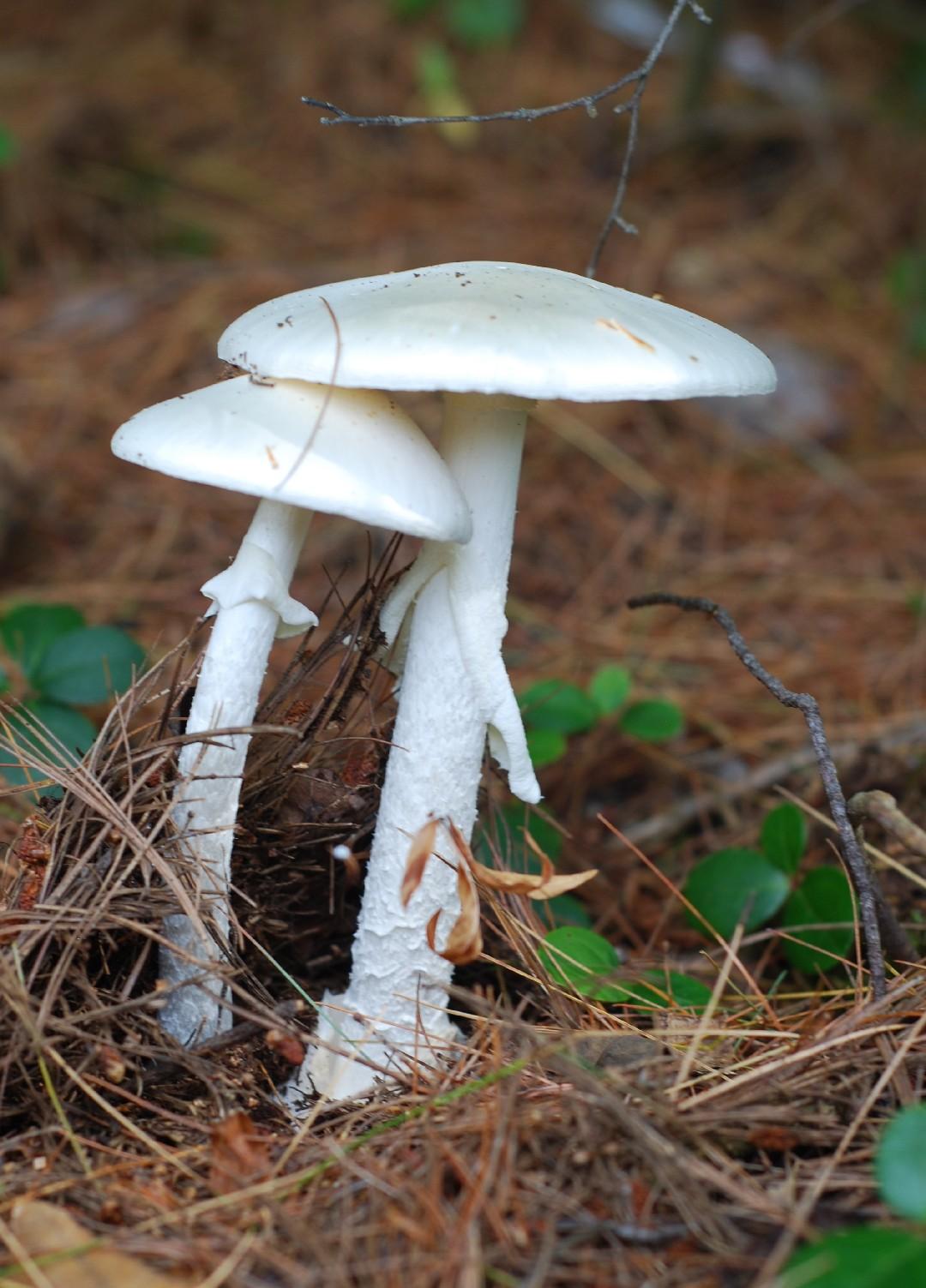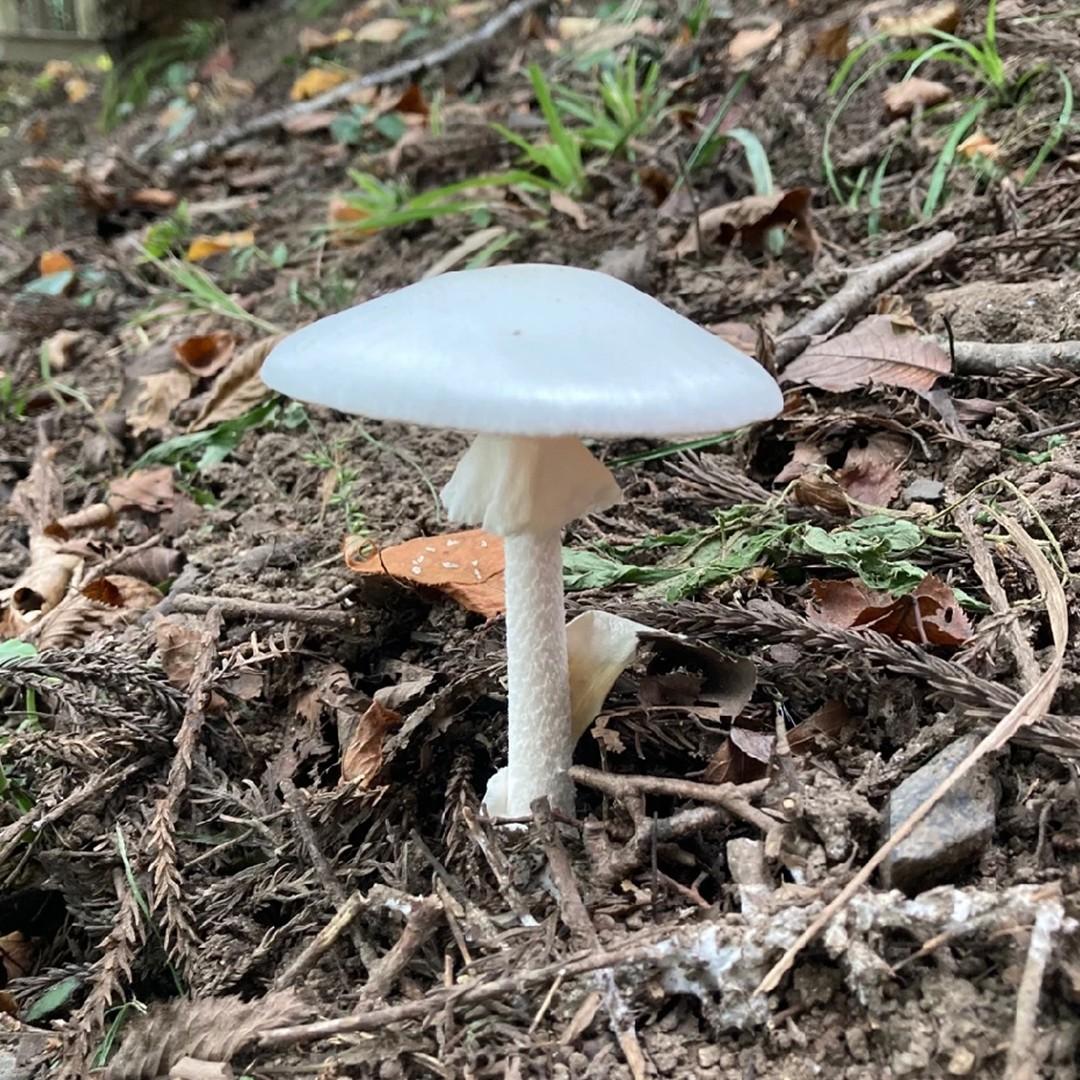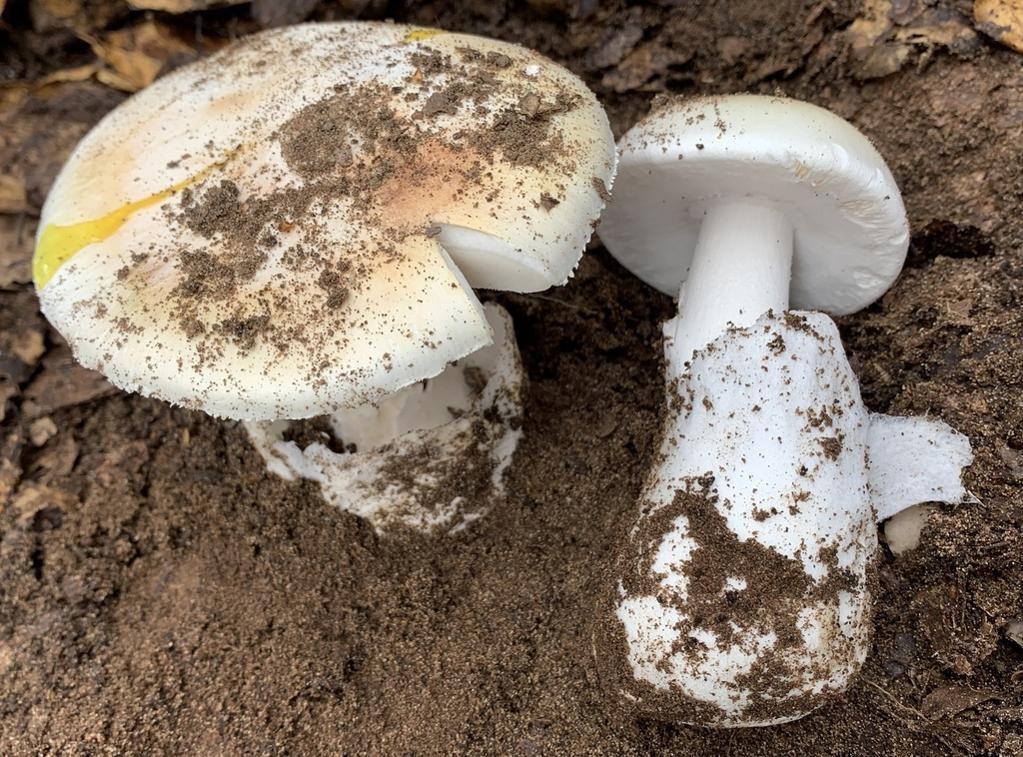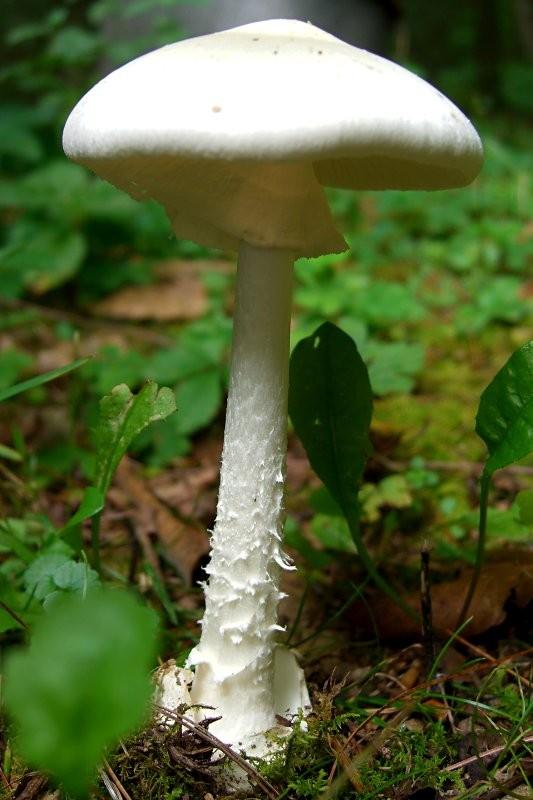

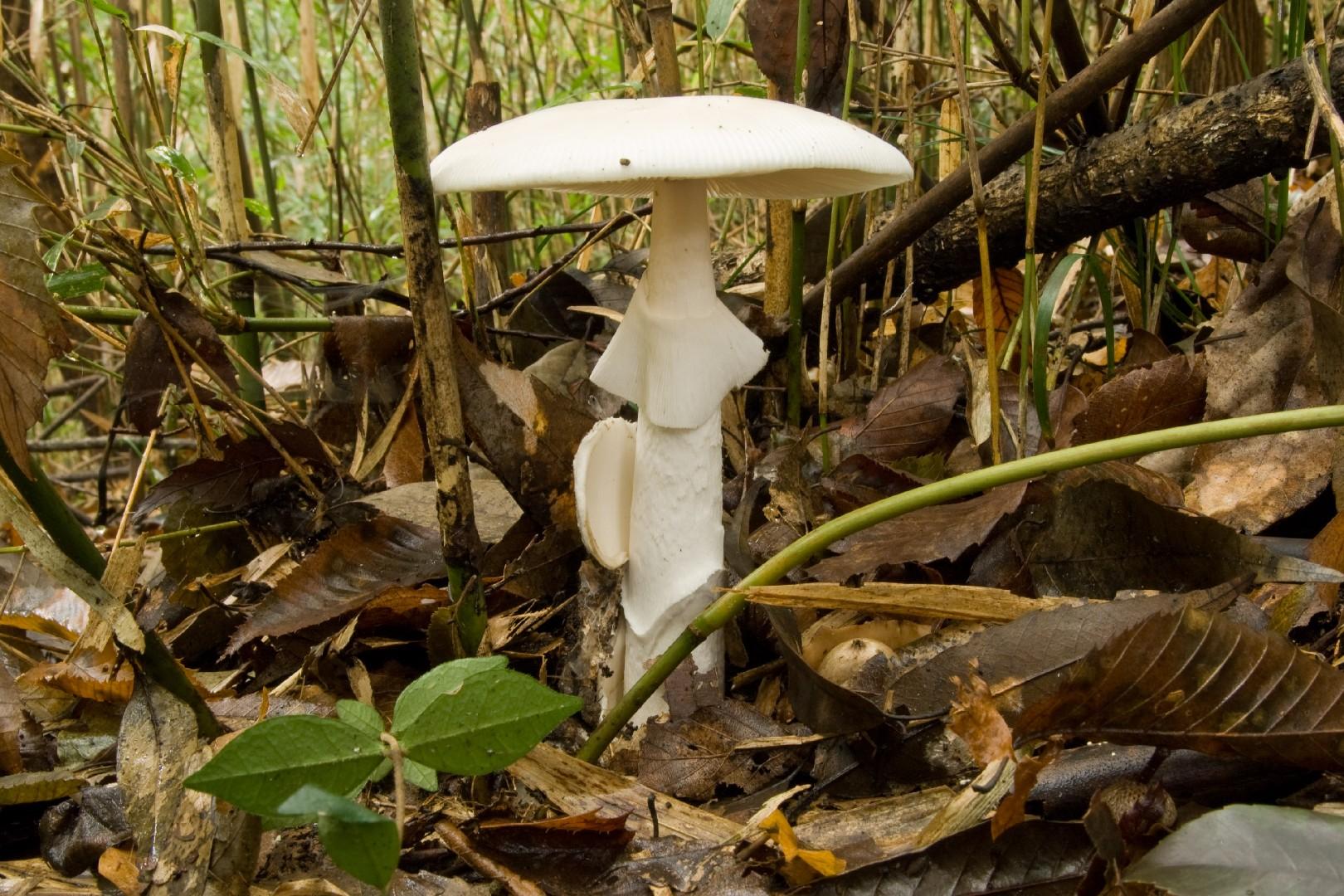
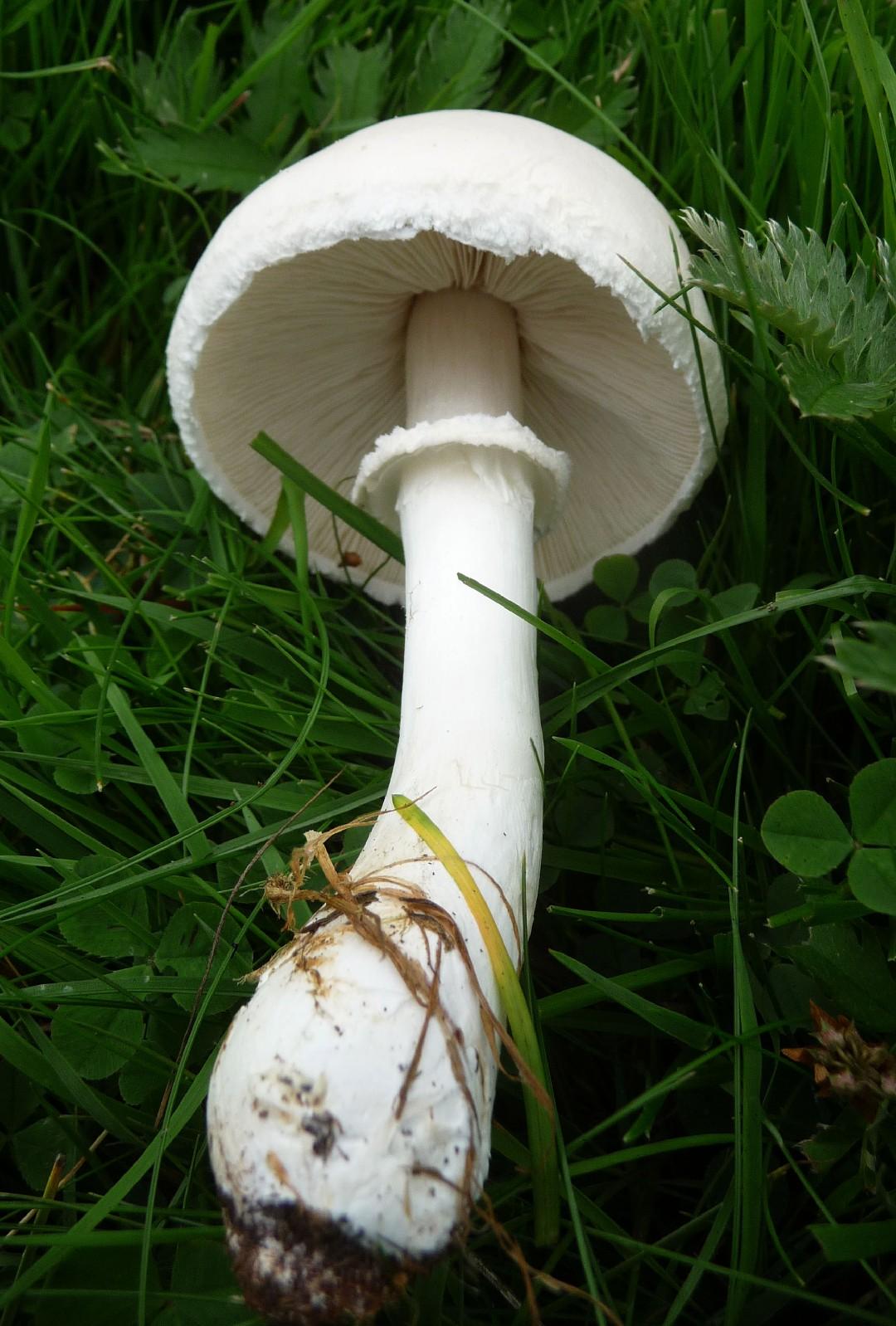
Death angel
Amanita virosa
A species of Amanita mushrooms. Also known as Destroying angel.
One of the globe's most lethal fungi is the death angel mushroom. Despite the distinct features of its white fruiting bodies, amateur mushroom enthusiasts might readily mistake these harmful fungi for various edible types, including Agaricus and Tricholoma. It is crucial for all mushroom gatherers to meticulously learn how to identify this species at every stage of its growth.
Attributes of Death angel
Scientific Classification of Death angel
Toxicity and Edibility of Death angel
Is Death angel Toxic?
Commonly thriving in damp environments during the warmer months and into early autumn, the death angel mushroom poses a serious threat due to its liver-damaging toxins. Ingestion of this fungus can first cause symptoms like stomach pain, sickness, and throwing up, which can then progress to critical conditions such as liver inflammation and heart complications. Its appearance frequently leads to mistaken identity with safe mushrooms, underscoring the necessity for precise identification protocols.
Is Death angel Toxic to Dogs?
Death angel can be dangerous to dogs. If your pet has consumed this mushroom, seek immediate veterinary attention. Symptoms may vary, but early intervention is crucial for the best outcome.
